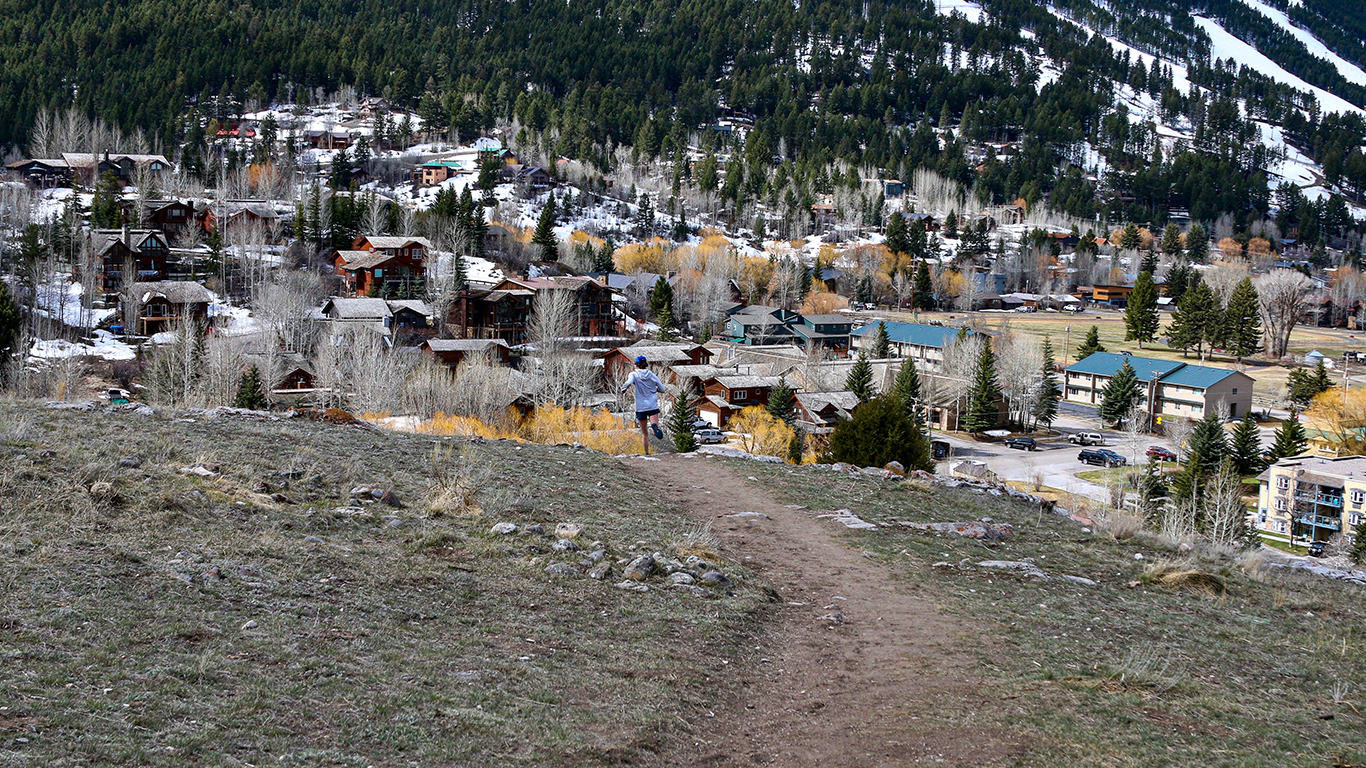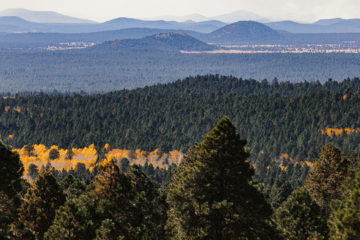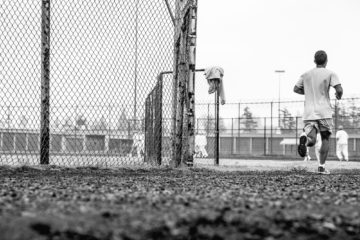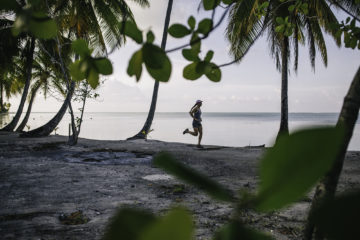words and images by: north bennett
A month under shelter, and the world calves in two: there is my home (comfortable and healthy, but anxious and sometimes claustrophobic) and there is the nation-world (too-big and in crisis, careening toward who-knows-what-end). The incongruity of the two scales can feel vertiginous, disorienting. I teeter between mourning my spilled coffee and mourning more infections, more dismal news. Mercifully, there is still running.
The trail has always offered a reprieve, but now it seems more generous than ever. Because I am fortunate enough to live in a place like Jackson, Wyoming, where public land abounds and, with the tourists gone, relatively few people reside, most trailheads remain open. I can still run from them without too much worry of contagion, and I do, nearly every day. After so much time inside, I relish in the fresh air, the curvaceous 3-D space, the privilege of physical exertion and the affirming rhythm of pounding feet. Any distance runner knows these personal pleasures well. Lately, however, running has offered something more: the opportunity, albeit brief, to embody a sense of community.
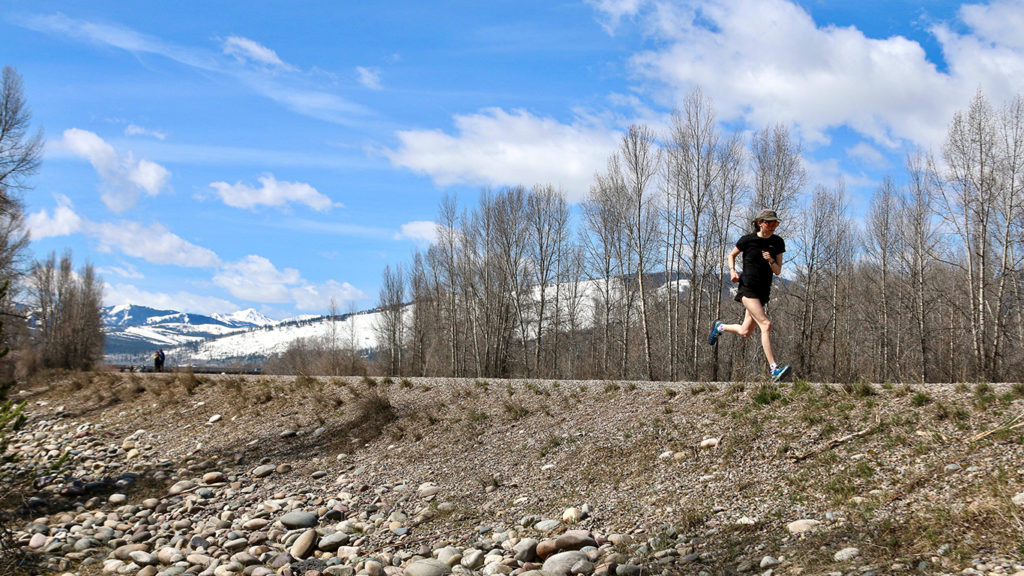
The pandemic has transformed the act of running into a bridge toward that most-important middle space—that territory that’s bigger than a home but much more tangible than a globe. From our shelters, we emerge, wide-eyed and grateful to be alive, to a world still filled with people, a world that is greening. Here, in the Northern Rockies, the pandemic has carried us past the end of winter and into spring. The days are warmer, brighter, and longer. We’ve swapped our down coats for windbreakers, our beanies for caps. Outside, we can now play without worrying over a freeze, and many are enjoying the warming embrace of sun on skin. I have never seen so many folks strolling around the neighborhood, nor so many runners putting along our still-melting spring trails. Each day there is less snow, and the path forward gets clearer. There is a sense of emerging.
It is a movement that sometimes indulges in the melodrama of apocalypse cinema: survivors, we rise from the rubble and into the light. A tentativeness brittles the air, as does a certain level of wariness. What is safe for me? What is safe for my community? I fumble for answers as I maneuver around my fellow trail-goers, trying to maintain the recommended six feet of distance. This could be a nuisance, I think, but most often it registers as a unique form of pleasure. Slowing down, we make space for one another. We recognize that we’re accountable to each other’s fates. With our bodies, we make sense of what solidarity really means. Moving along, the masked offer nods and sometimes waves, the unmasked, smiles and maybe a thumbs-up. A sense of exposure lingers; the struggle is not over, we agree, but today we share this trail and the joy of bodies striding through space. We keep cruising. We pass more people. Eventually, we split toward home.
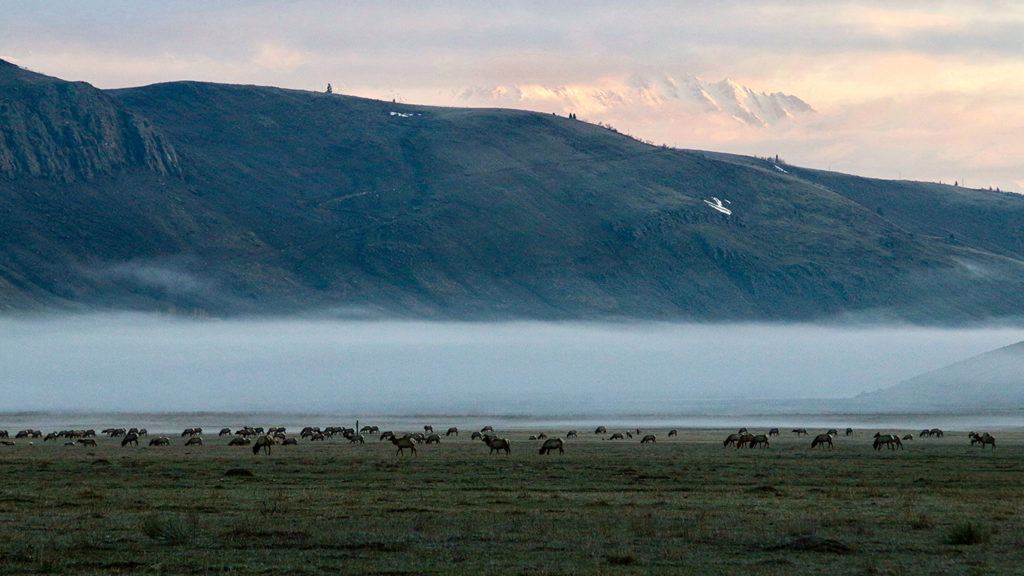
The news tells us that COVID-19 has upturned—that’s the verb they seem to prefer— our world, and in many ways, it has: measures once ascendent have plummeted into nosedives, and plans once imminent have been knocked off track. And yet, my recent runs have questioned whether or not “upturned” is the correct word to describe our lives during this time. Sheltered in our homes, working remotely (or not at all), with restaurants closed, group runs cancelled, and trips to the store encouraged only by necessity, might some other word better account for this suspension of the usual?
It’s a question that can be explored by the shapes described by our feet. Before COVID-19 shuttered businesses nationwide, I worked at a ski resort and at a coffee shop, interacting constantly with people of all sorts, from all over the world. My life encouraged a great deal of sociality, and also allowed for ample outdoor play, from chasing powder and lapping chair lifts to plunge-stepping along local trails and trudging across city streets. Most days, I left and returned home in the dark, moving in intersecting loops of all sizes, all day long. My life was a scribble. Now, like many folks worldwide, I’m home all the time, and my day looks more like a big dot with a single run winding off of it. The change manifests less like an upturn and more like a turning-in, a life neatly wrapped around itself.
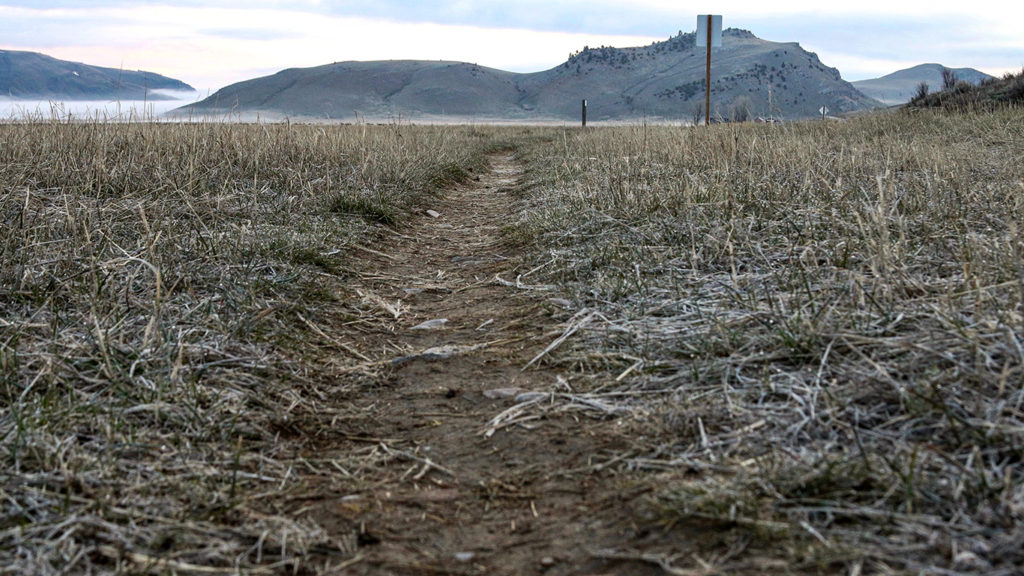
Daily, I’m gaining more intimate acquaintance with my walls and my window panes. I know which rooms get which type of light, and when. I know which winds produce which drafts across which sitting spots. By now, I’ve found and plundered all of my house’s hidden snacks. My world, my loops, have shrunk to fit this new geography, and the reduction is palpable. No quantity of memes, texts, or Zoom reunions can make up for what’s been hidden, but a daily run can at least offer a glimpse at what lays beyond this present crisis. It can serve as a reminder that the days will not feel so small and lonely forever, that beyond our doors lives a community that might’ve slowed down but has not stopped moving.
In a sense, you can never really be alone on a trail. Entertain the broad view of time and you will see that trails manifest through repeated traffic. Even on the loneliest morning run you will still encounter the traces of others, both human and more-than. Look down and notice the footprints. You are surrounded by friendly ghosts. Trails testify to a community that shares direction. They come into being because others too have chosen to travel the same line as you—steps over steps over steps. We have trails because we know that journeys are easier when we share them.
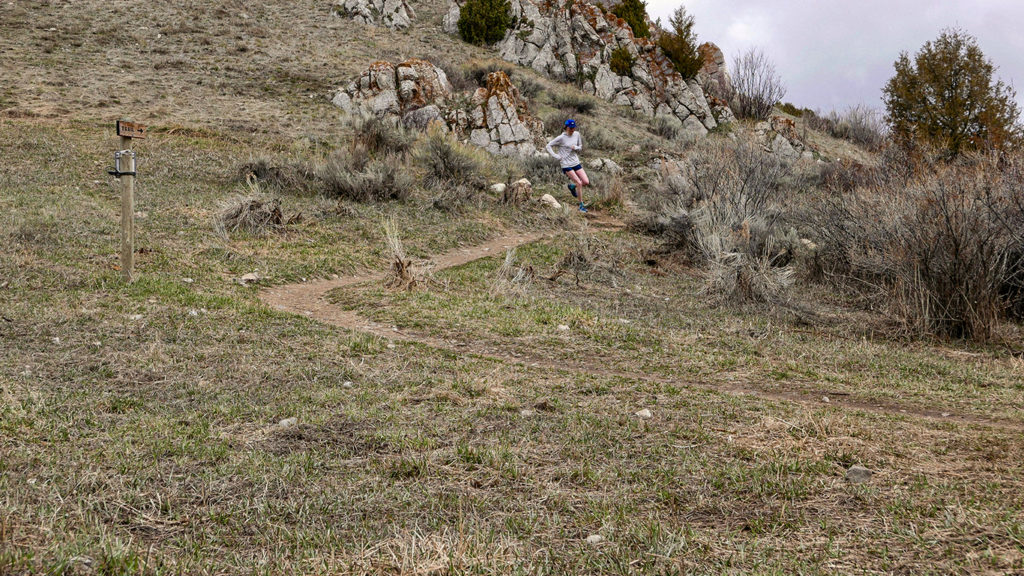
I remember this fact each time that I strike out beyond my shelter. When the walls feel close and the news feels like a heavy wave arching perilously overhead, it gives me the energy I need to run. I lace up my shoes and open the door. Just beyond, my community is still there, embedded in the trail, traversing it. Even in the midst of a pandemic, we keep running, together.
North Bennett


